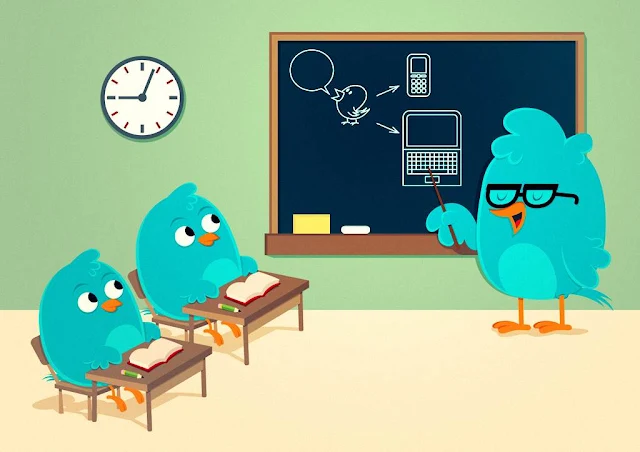If you are a teacher, or spend any time talking with one, you probably know that the in-class use of social media is a scourge of daily class activity. It’s frustrating for lecturers - or even one-on-one tutors - to have to stanch a brazen tweet or like in mid-sentence. However, constructive uses of social media in education is becoming an integral (and one might venture inevitable) part of the learning experience. Here’s a look at how so, at every stage of the game.
Elementary level
Here’s one area where many educators may cringe at the mention of social media. “Shouldn’t children learn to socialize on the playground before they start tweeting?” Indeed, such an emblematic reservation is not without merit. However, the truth is that because so many of today’s social experiences are mediated in one form or another, learning social media etiquette should be a new domain of ABCs and 123s. In other words, web-based communication is so ingrained in the fabric of our reality that it’s all but natural.However, many educators are using social media among the very young for more than just tutelage on the appropriate times for virtual pleases and thank-yous. Not so coincidentally, perhaps, one of the most timeless buzzwords for young students is also a coin of the realm in social media: “sharing.” Using Facebook and Instagram, many teachers are taking kids’ inclinations to show and tell to connect with students from across the country and even around the world, giving them a taste of not only cultures from around the world but also the way to behave in them. Here’s one teacher’s success story.
High school
Here’s the ground zero of danger for most teachers. At an age when it seems almost a biological commandment for many teens to be hypersocial, the added temptation of social media has led to measures as harsh as controversial confiscation of smartphones within school walls. However, beyond those furtive Facebook posts fingered away beneath desktops, social media are being regularly used in several innovative ways outside of class time.Many teachers use Facebook and its ilk to create ersatz edublogs to orchestrate classrooms at a more efficient functioning level. Teachers can save precious classroom minutes by disseminating daily basics such as assignments and due dates, and in class discussions and participation is extended beyond the school day. (For teachers who lament losing pithy real-time comments to the four winds, having transcripts of discussions is a major boon.) There are sundry creative uses of social media in school as well. For example, some literature teachers assign students to create Facebook pages in order to get students to fully interact with the material. What music does Anna Karenina listen to? Who are Beowulf’s Top Five friends? Indeed, once the plague of in-class tweeting in curtailed, the possibilities are endless.
Higher education
By college, more students attend classes because they want to be there, not because they have to, making the disciplinary problem of inappropriate social media use less of an issue. Indeed, by the university level, today’s instructor’s are increasingly assuming that social media will be part of the equation: currently 41% of all college professors lean on social media to teach, and that number is rising. For the most part, utilization of class-specific pages in college mirrors its high-school counterparts, chiefly featuring blog-type discussions and class announcements. However, as social media become an increasing part of the equation in countless career paths, by university Facebook, Pinterest and Twitter become objects of study in themselves. “How can I best use Twitter to launch my startup?” “What Facebook strategy will most likely bring advertising dollars to my clients?” These are questions that many students want to know, and expectedly, contemporary courses are geared to answer them.The Use Of Social Media In Education
Social media technology has revolutionised many fields, particularly, our education system as a whole. Whether it’s through the use of private social groups, Pinterest group boards, Facebook Pages, classroom Twitter profiles or blogs, institutions after institutions has embraced social media, with some studies showing that, used correctly, this channel can have a positive impact on grades. And this infographic from our pals at Best Masters In Education takes a deeper look at the use of social media in schools. How Is Social Media Used In Schools - infographic
How Is Social Media Used In Schools - infographicConclusion:
There’s no question that precisely the things that make social media so potentially rich can be the means of their abuse. The around-the-clock availability implicit in class-tailored social media pages can function as a furtive means of milking overtime from already overworked educators, for example. And as already noted, encouraging young people with budding Facebook addictions to spend even more time with social media sounds like bad news to even some open minded educators. However, as the overwhelming role of social media in our landscape seems irreversible at this point, the question is not so much whether it’s a good idea, but what are the best ideas with which to harness existing realities.
Vera M. Reed is writer, infographic designer and former educator located in Southern California who has recently been researching the relationship between technology and education. She frequently researches for and contributes to AdultLearn, a great source for online education materials. She hopes you enjoy this article!

